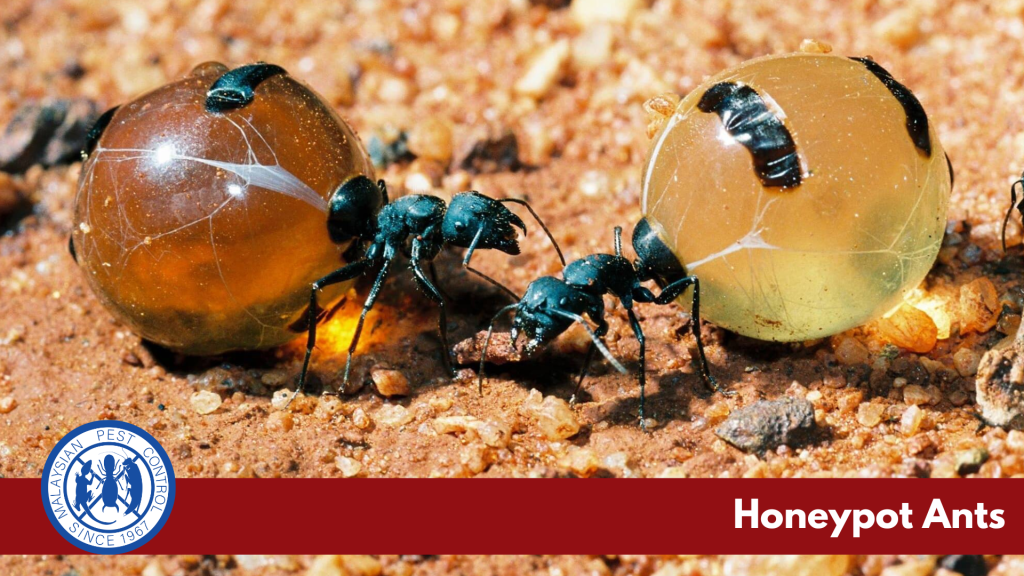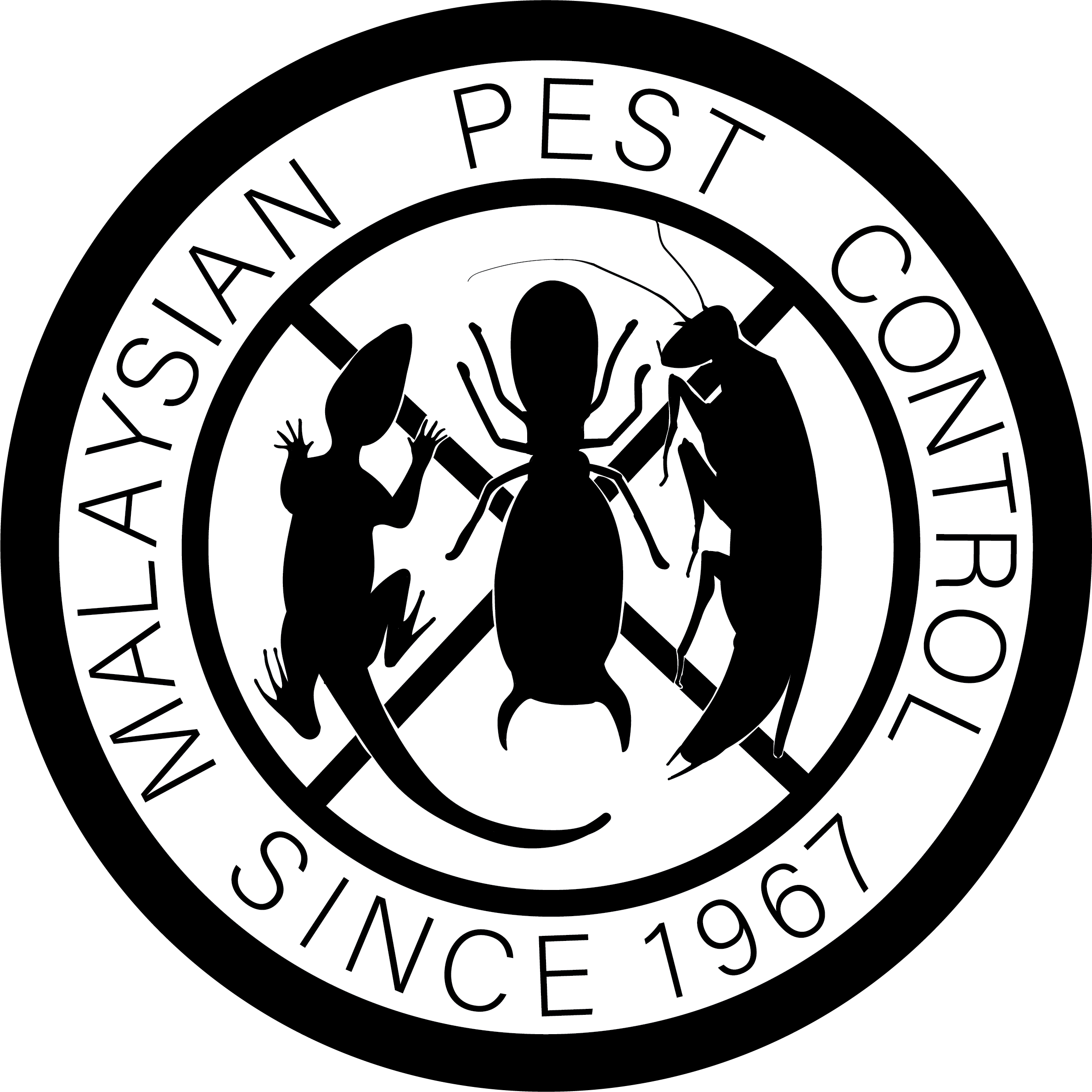نبذة عن نمل العسل
مقدمة عن نمل العسل

نمل العسل (ميرميكوسيستوس تشتهر النملات العاملة (من فصيلة النمل) بقدرتها الفريدة على تخزين الطعام في بطون منتفخة من النمل العامل المتخصص، المعروف باسم "النمل الممتلئ". وتوجد هذه النملات في المناطق القاحلة مثل الصحاري، وتوفر تخزينًا غذائيًا مهمًا لمستعمراتها خلال أوقات الندرة.
علم الأحياء ودورة الحياة
- مرحلة البيض:تضع الملكة البيض في العش.
- مرحلة اليرقة:تتغذى اليرقات على يد العاملات وتتطور على مدى بضعة أسابيع.
- مرحلة بوبا:تغزل اليرقات شرانقها قبل أن تتحول إلى مرحلة البلوغ.
- مرحلة الكبار:يقوم العاملون بجمع الطعام، بينما تقوم الملكة بالتكاثر.
السلوك والموئل
تعيش نملات العسل في المقام الأول في المناطق الصحراوية. وتخزن أجسامها الغذاء السائل، الذي يدعم المستعمرة أثناء فترات الجفاف. وتبحث النملات الباحثة عن الطعام عن الرحيق والحشرات والعسل.
التفاعل مع البشر والحيوانات الأليفة
نادرًا ما تشكل نملات العسل تهديدًا للإنسان أو الحيوانات الأليفة. فهي غير عدوانية في المقام الأول وهي فضولية أكثر من كونها آفة. وتُعد قدرتها على تخزين الطعام ميزة رائعة في علم الأحياء النمل.
تخزن بعض النمل العامل، والتي تسمى "النمل الممتلئ"، الرحيق والسوائل الأخرى في بطونها المنتفخة، والتي يمكن أن تتوسع إلى حجم حبة العنب.
تفرد نمل العسل
تتميز نملات العسل بقدرتها الفريدة على تخزين الطعام. حيث تقوم بعض أنواع النمل العامل، والتي تسمى "النملات الكاملة"، بتخزين الرحيق وغيره من السوائل في بطونها المنتفخة، والتي يمكن أن تتمدد إلى حجم حبة العنب. ويسمح هذا التكيف للمستعمرة بالبقاء على قيد الحياة خلال أوقات ندرة الغذاء، وخاصة في البيئات القاحلة. وقدرتها على العمل كخزانات غذائية حية هي سمة تطورية نادرة ورائعة، مما يجعلها موضوعًا مثيرًا للاهتمام للدراسة في كل من علم البيئة وعلم الأحياء.
شاهد جوردون رامزي يضع العسل في فمه
لا تنتمي نملات Honeypot إلى جنوب شرق آسيا. ولن تراها في أي مكان بالقرب من منزلك في ماليزيا، إلا إذا تم استيرادها كحيوانات أليفة من بلدان في أمريكا الشمالية أو أستراليا.



